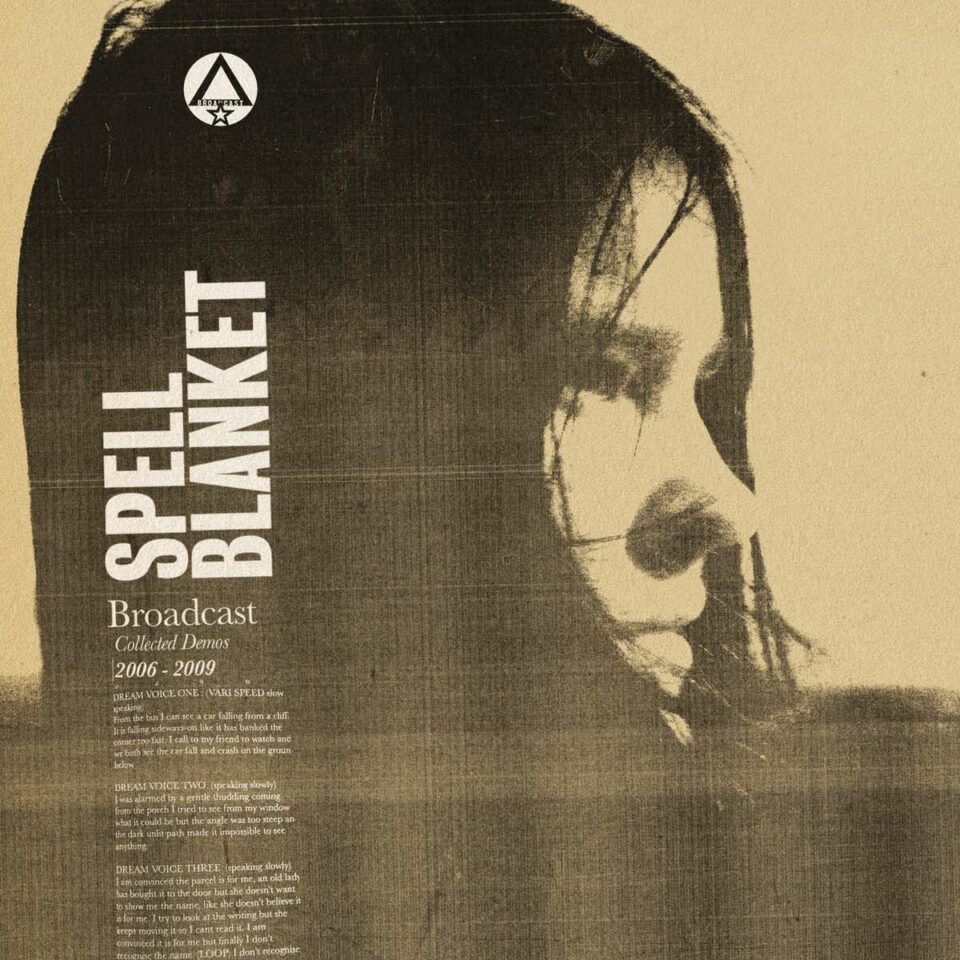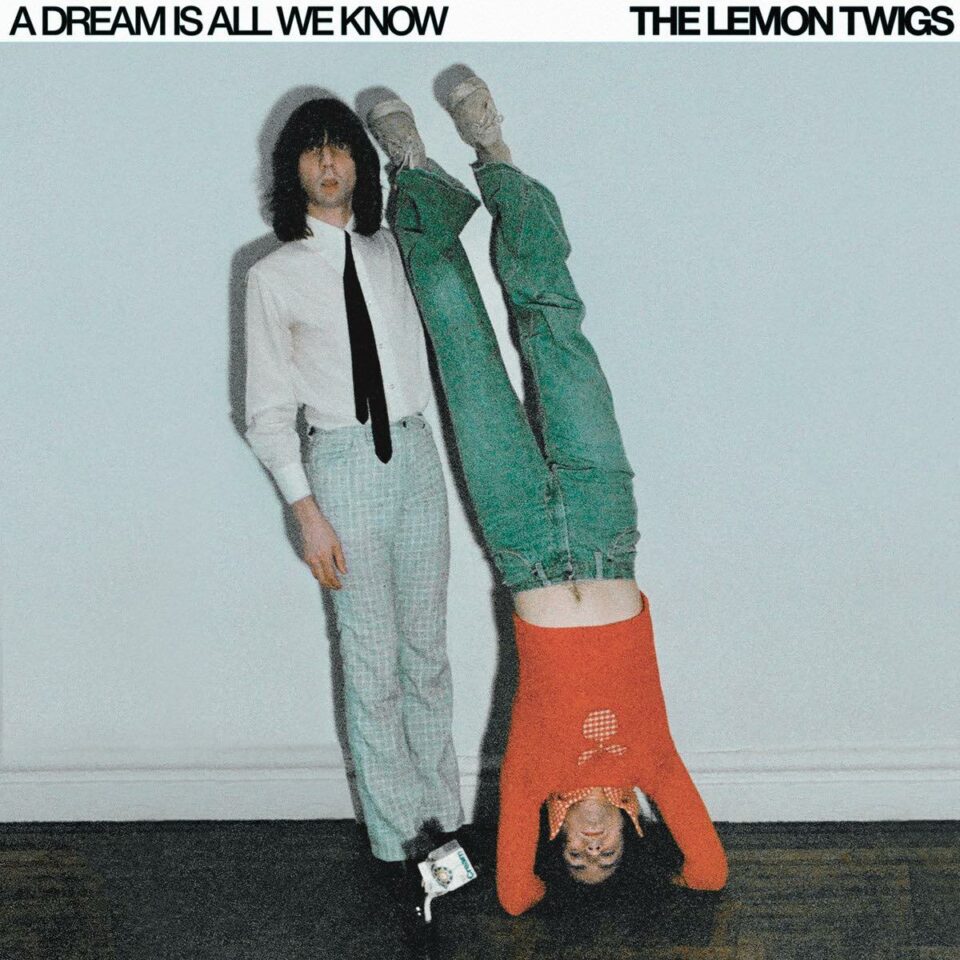Tunng embarked on a mission for their forthcoming record Tuung Presents… Dead Club. It included “reading books and interviewing friends, writers, philosophers, and professionals about their experiences of death and grief,” according to the band’s Sam Genders. The folk group wanted to capture death and grief from different angles and perspectives. You can tell that merely from the track titles—“Eating the Dead,” “Death Is the New Sex,” “Scared to Death,” etc.
For FLOOD, Genders put together a detailed track by track about the meanings behind the songs. From pain to acceptance, Dead Club tracks the baggage of grief and the way someone lives their lives with it. Read Genders’s essay and track by track below. The album is out November 6 via Full Time Hobby.
It would take me a long while to fully explain what I’ve learnt by being a part of this…the biggest thing I’ve learnt is how much more I have to learn. If people are interested to know more I’d encourage them to seek out the podcasts we made to accompany the record, but there are a few things that really stood out to us as ideas worthy of further exploration and discussion.
These include the potential for our culture to be much more openly clued up about palliative care and the options available to us at the end of life. There are some very practical steps we can take to be better prepared, some as simple as telling our loved ones what our wishes would be. We also learned that it’s possible to become a better ally to friends who are grieving, for example by understanding that grief is something that people carry for the rest of their lives in one form or another. It’s not all over once the funeral is complete, or once a year has passed, and so on.
These are just two examples of many. In the end, I personally came away from the research period feeling that we have a lot to gain as a culture if we can learn to talk about death a bit more openly. I also found myself feeling uplifted in many ways. More grateful for my life and the people in it, and less afraid of death.
The result of such a long period of rumination was that when it finally came to the writing, we found it flowed very easily, and lyrically the ideas were really already sitting there. It was a bit of a shock when COVID happened. We weren’t sure if we should continue, but in the end it felt that this conversation is perhaps even more important now than it was before.
Luckily we’d recorded most of the key parts before lockdown. Ash was able to send arrangements to Mike via email, Becky did the same with some of her vocals, and Mike has a home studio in which he was able to put the album together and spend some time finding the right sound.
We’re a little nervous about what the response might be to some of these songs, but I’m able to say that a few people I’ve sent the record to have been in touch to say that the album touched them in a very personal, cathartic, and ultimately positive way. Also, I’ve found that my involvement with this project is a doorway to people opening up very deep conversations with me about experiences they’ve had. I’m very grateful for that.
1. “Eating the Dead”
This was inspired by a chapter in Derren Brown’s book Happy in which he writes about the Wari people of Brazil who, until recently, reportedly practiced mortuary cannibalism. Eating their dead. The song itself is about how the memories of those we’ve loved stay with us after their deaths. We continue to take sustenance from them.
2. “Death Is the New Sex”
This was inspired in part by Kathryn Mannix’s wonderful book With the End in Mind. It’s a song about challenging taboos. A rallying cry of sorts, arguing that if we can get past our awkwardness and talk about death and grief, we have much to gain.
3. “SDC”
Inspired by Margareta Magnusson’s book The Gentle Art of Swedish Death Cleaning. It’s essentially about organizing the administrative minutiae of your own life and death in such a way that your loved ones have fewer of those things to do after your death, giving them more time and energy to support each other in their grief.
4. “Three Birds”
“Three Birds” explores the idea that every individual instance of grief is unique. As we researched the topic of death, it was grief that felt most challenging as a subject. I remember my heart pounding in my chest as I waited to speak to a friend who was and is grieving. What if I said the wrong thing? What if I hurt their feelings? The conversations gradually became easier, but I had to remind myself that every person’s experience is different, and each new conversation required a re-engaging of presence and deep listening.
5. “A Million Colours”
One of the effects of the research phase of this project has been that I feel less afraid of my own death. The idea of losing someone I love is much more difficult to come to terms with.
6. “Carry You”
Grief, love, memory. When someone dies we carry all of these with us to a greater or lesser extent until we ourselves dies. I don’t know for sure but perhaps the more we accept the fact that we are all flawed in one way or another, the easier it is to live in a state of love and forgiveness for one another, and the less likely that someone’s death will leave us struggling with unaddressed bitterness.
7. “The Last Day of Your Life”
Partly inspired by a conversation I had with near death experience researcher Dr. Penny Sartori, partly by Becky’s interview with Dame Sue Black, a forensic anthropologist. I find any discussion about the nature of reality and consciousness fascinating, and I’m amazed by the fact that I’m alive and aware of my experiences. Aware of being aware. The verses are pure fantasy. The chorus a gentle reminder to ourselves that life is short and every moment counts.
8. “Tsunami”
The song explores the fact that sometimes our well-meaning attempts to make people feel better can backfire. Platitudes such as ‘time is a healer’ may not help. If we try to fix the unfixable, our loved ones can feel unheard and diminished. If we’re open to it we can learn to be more skillful in the way we offer support.
9. “Man”
The first of two stories written and read for us by Max Porter deals with the conflicting emotions and mundanity surrounding the death of its main character. Mike paired Max’s reading with a beautiful acoustic guitar composition by Ashley.
10. “Scared to Death”
“Scared to Death” is about the unknown. About how we’re afraid of it and often deny just how little we really know for sure. About how somehow there’s power in the unknown. It explores the idea that by accepting our fear and uncertainty we might counter-intuitively find more peace, enjoy life more, fear death less.
11. “Fatally Human”
Death is part of the deal. The price for life. Make the most of it.
12. “Woman”
The second of Max’s stories deals with the long arc of time and reminds us of our individual insignificance. Martin improvised the gorgeous piano part that drifts behind Max’s words and ends the album on a melancholy but beautiful note.









